When considering the option to melt down a ring and create a new one, understanding the associated costs is crucial. Factors such as the metal type, the complexity of the design, and additional gemstone settings can significantly influence the overall expense.
By exploring the various cost components involved, individuals can make informed decisions about repurposing their jewelry while keeping their budget in mind.
How Much Does It Cost to Melt Down a Ring and Make a New One?
The price of re-making or remodeling a ring varies depending on the specific type and design of the ring. Factors such as the cost of precious metals and gemstones play a significant role in determining the overall expense. Additionally, the final cost takes into account the value of the original ring’s scrap metal.
As a general price guide, the re-made ring, inclusive of setting and finishing, can cost around $550.
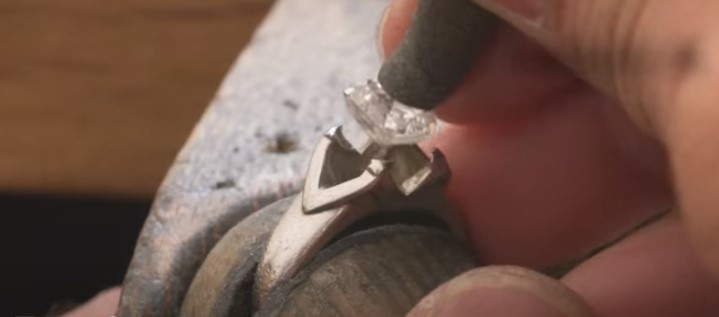
What Are the Factors That Can Affect the Final Cost of Re-Making a Ring?
The final cost of re-making a ring can be influenced by several factors, each playing a crucial role in determining the overall expense. Understanding these factors is essential for individuals who are considering remodeling their rings and want to make informed decisions. Here are some key factors that can affect the final cost of re-making a ring:
Ring Design
The complexity and intricacy of the ring design can significantly impact the cost of re-making. Intricate designs with delicate details and intricate patterns may require more labor and time to recreate, leading to higher costs. On the other hand, simpler designs or minimalistic styles may be more budget-friendly.
Metal Type
The type of metal chosen for the new ring is another factor that influences the cost. Different metals have varying prices, with precious metals such as gold, platinum, and palladium generally being more expensive than other options.
The purity of the metal, measured in karats, can also affect the cost, as higher karat metals tend to be pricier.

Gemstones
If the new ring includes gemstones, their type, quality, size, and number will impact the final cost. Precious gemstones like diamonds, rubies, sapphires, and emeralds [1] can be quite expensive, especially if they are of high quality and have larger carat weights.
Alternatively, choosing semi-precious or lab-created gemstones can offer a more affordable option without compromising on the visual appeal.
Labor and Craftsmanship
The labor and craftsmanship involved in re-making a ring are crucial cost considerations. Experienced jewelry artisans or custom jewelers may charge higher rates for their expertise and skill.
The intricacy of the design, the need for hand-engraving or stone setting, and any additional customization requests can all contribute to the labor costs.
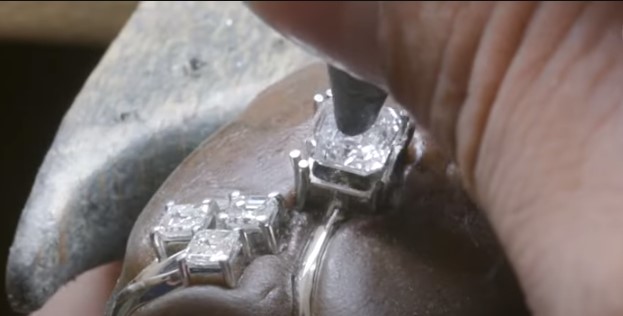
Additional Features and Customization
Any additional features or customization requested for the new ring can also affect the final cost. This includes engravings, filigree work, milgrain detailing, or unique finishes such as matte or hammered textures. Such customizations require extra time and effort, which can translate to higher costs.
Ring Size Adjustment
If the ring needs to be resized during the re-making process, it can impact the overall cost. Resizing may involve cutting or adding metal to ensure a proper fit, which requires additional labor and materials.
Market Prices
The current market prices of precious metals and gemstones can fluctuate over time, affecting the cost of re-making a ring. It’s important to consider these market fluctuations as they can impact the final price.
Trade-in Value
In some cases, the original ring may have valuable components that can be traded in to offset the cost of re-making. The scrap value of the original ring mount, especially if it contains precious metals, can be deducted from the overall expense.
Brand and Reputation
The reputation and brand of the jeweler or jewelry studio chosen for the re-making process can also influence the cost. Well-established jewelers or renowned brands may charge higher prices due to their brand value and expertise.
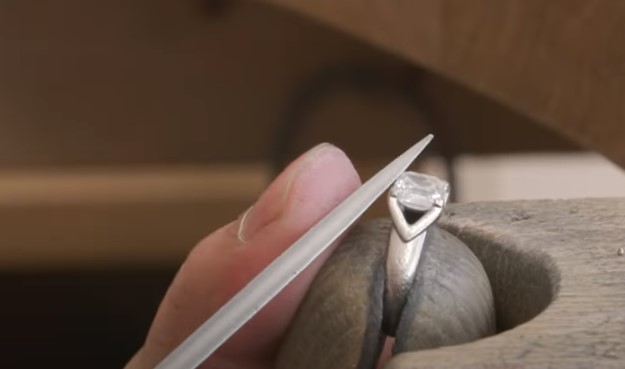
However, it’s important to balance the cost with the quality of craftsmanship and customer satisfaction.
It’s important to note that the final cost of re-making a ring can vary significantly depending on these factors and individual preferences. To get an accurate estimate, it is advisable to consult with multiple jewelers or custom jewelry designers, provide them with the necessary details, and request price quotes.
This allows for a comparison of prices and ensures that the final cost aligns with the desired design and budget.
What Are the Steps in Re-Making a Ring?
Re-making a ring involves a series of steps to transform an existing piece of jewelry into a new creation. These steps encompass everything from design consultation to final finishing touches.
Consultation
The first step in re-making a ring is the consultation phase, which serves as a foundation for the entire process. During the consultation, the individual seeking to re-make their ring discusses their vision, preferences, and any specific design elements they desire.
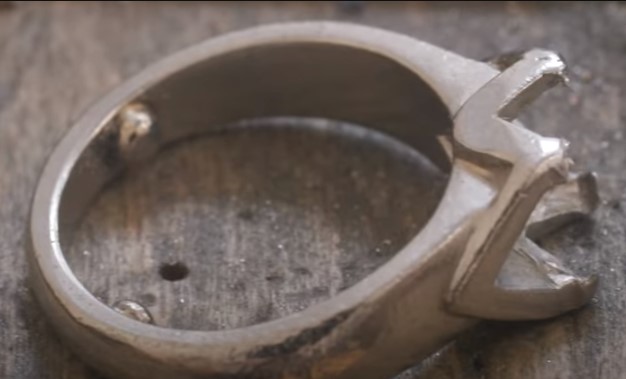
This is an opportunity to communicate their desired changes, such as altering the ring’s style, adding gemstones, or modifying the metal. The jeweler or custom jewelry designer listens attentively, providing expert guidance and suggestions to ensure the final result aligns with the client’s expectations.
Through open dialogue and collaboration, the consultation sets the stage for a successful re-making journey.
Initial Design
After the consultation, the next step in re-making a ring is the creation of the initial design. Based on the client’s preferences and input, the jeweler or custom jewelry designer begins to conceptualize the new ring. This involves sketching or using specialized design software to create a visual representation of the proposed changes.
The initial design serves as a blueprint, showcasing the intended modifications to the ring’s style, shape, and any added gemstone settings. It allows the client to visualize and provide feedback on the proposed changes before moving forward with the actual re-making process.
The initial design stage ensures that both the client and the jeweler are aligned in their vision for the transformed ring.
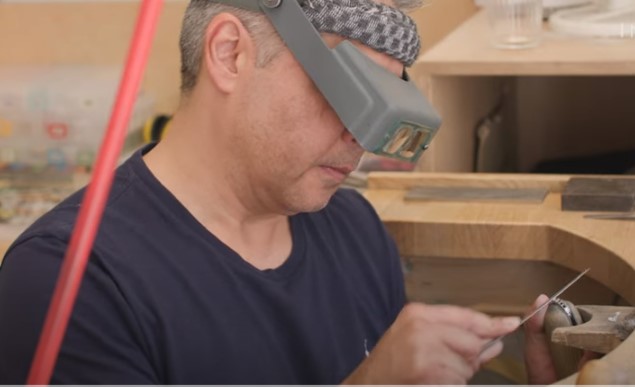
CAD ( Computer – Aided Design)
In modern jewelry design, Computer-Aided Design (CAD) plays a significant role in re-making a ring. After the initial design phase, the jeweler or designer may utilize CAD software to create a detailed digital model of the proposed ring. CAD allows for precise measurements, intricate detailing, and the ability to view the ring from various angles.
This digital representation helps the client visualize the final product more accurately and make any necessary adjustments before moving forward. Additionally, CAD facilitates efficient communication between the jeweler and other craftsmen involved in the re-making process, ensuring that everyone is on the same page regarding the design and specifications of the ring.
Prototype
Once the digital design is finalized, the next step in re-making a ring is the creation of a prototype. The prototype serves as a tangible representation of the digital design, allowing the client to see and feel the physical form of the re-designed ring.
Skilled jewelers or artisans use the CAD model as a guide to craft the prototype using the chosen materials. This step provides an opportunity to assess the size, proportions, and overall aesthetics of the ring before proceeding to the final production stage.
Any necessary adjustments or modifications can be made based on the client’s feedback, ensuring that the result meets their expectations. The prototype serves as a crucial checkpoint in the re-making process, ensuring that the design and craftsmanship align with the client’s vision.

Creation
Once the prototype is approved, the creation phase begins, bringing the re-making of the ring to life. Skilled craftsmen or jewelers use the approved design and specifications to handcraft the new ring. This involves selecting the desired precious metals, whether it’s gold, platinum, or another metal, and carefully shaping and forming them to match the design.
If gemstones are involved, they are skillfully set into the ring, taking care to ensure secure and aesthetically pleasing placements. Throughout the creation process, attention is paid to every detail, including intricate engravings, filigree work, or any other customizations requested by the client.
The artisans’ expertise and craftsmanship shine as they transform raw materials into a beautiful, re-made ring that reflects the client’s vision and desires.
Completed Ring
The culmination of the re-making process is the arrival of the completed ring. After meticulous craftsmanship and attention to detail, the re-made ring is ready for its final reveal. The completed ring showcases the transformation from the original piece of jewelry to a new, personalized creation.
It embodies the client’s vision and incorporates the desired changes, whether it’s a different design, upgraded gemstones, or a fresh metal setting. The completed ring represents the culmination of the client’s journey, combining their unique style with the expertise and skill of the jewelers.
It is a testament to the collaborative effort and the artistry involved in re-making a ring.

Can a Jeweler Replicate Any Ring Design?
While skilled jewelers possess remarkable craftsmanship and expertise, it may not always be possible for them to replicate any ring design. The ability to replicate a design depends on various factors, including its complexity, the availability of specific materials, and legal considerations.
Complex designs that involve intricate details, unusual shapes, or unconventional settings can pose challenges in replication. Some designs may require specialized tools or techniques that may not be readily available to all jewelers.
Additionally, certain materials or gemstones used in the original design may be difficult to source or replicate accurately. Moreover, legal considerations play a crucial role. Design copyrights and intellectual property rights protect original designs, preventing their exact replication without proper authorization.

Jewelers must respect these legal boundaries and avoid reproducing copyrighted designs without permission. However, while exact replication may not always be possible, skilled jewelers can often work closely with clients to create a custom design inspired by the original piece.
This allows for the incorporation of personal touches, modifications, or elements of the original design while still ensuring a unique and personalized result.
Conclusion
The cost of melting down a ring and making a new one varies depending on factors such as metal type, design complexity, gemstones, labor, and customization, making it important to consider these factors when budgeting for the process.

